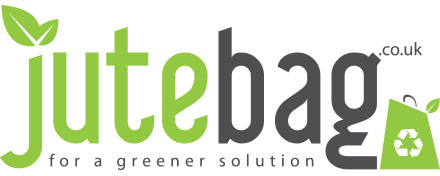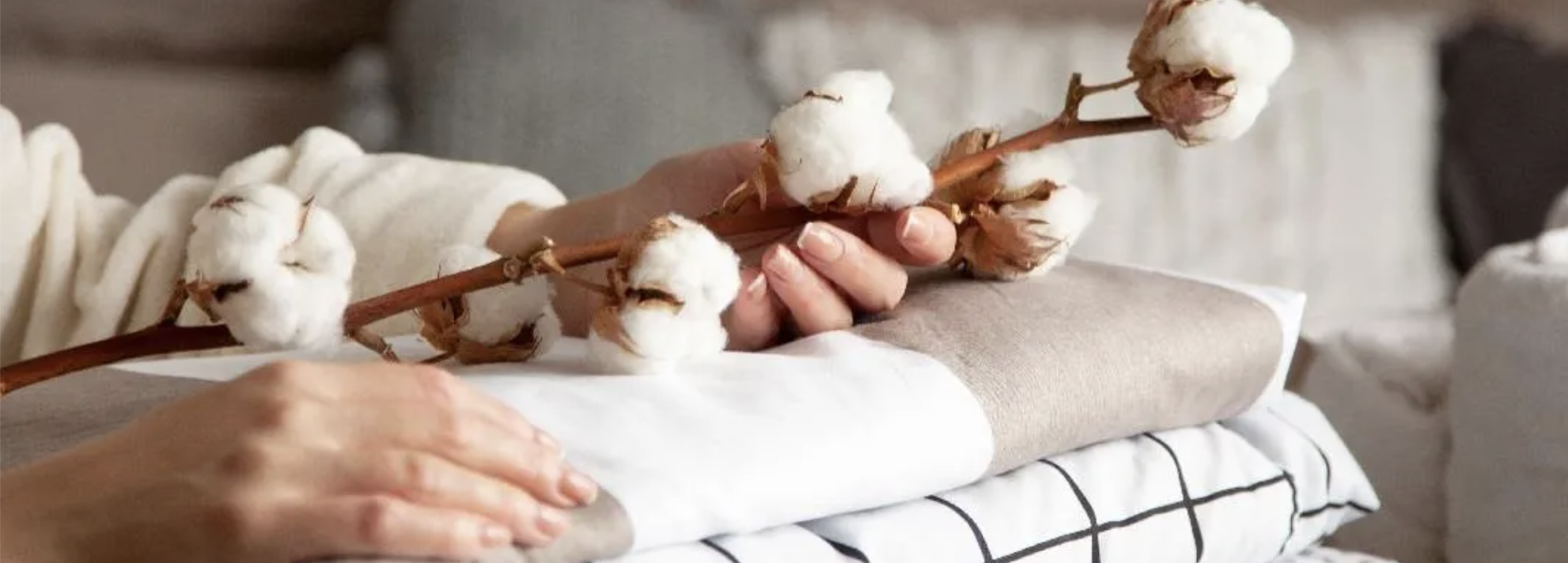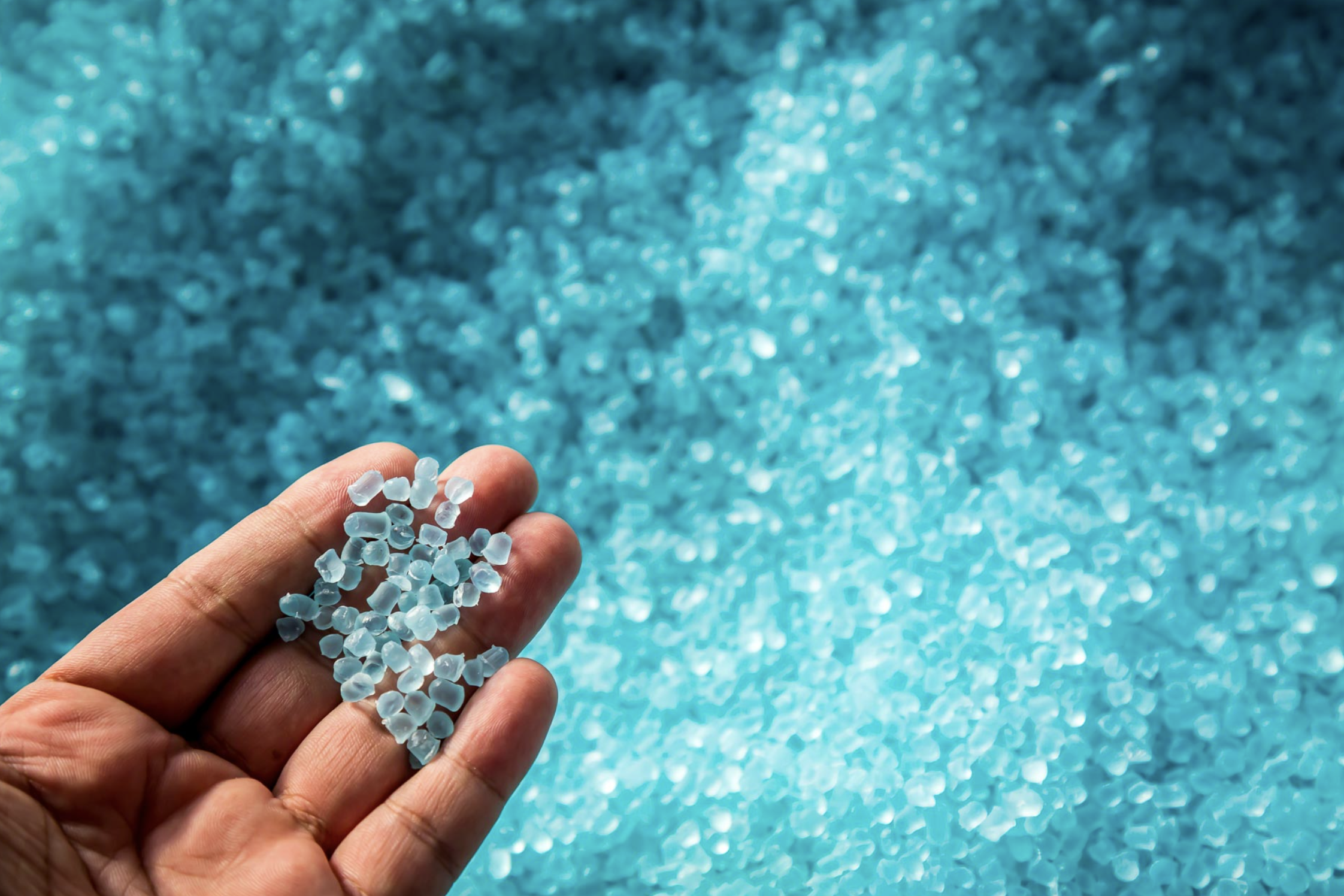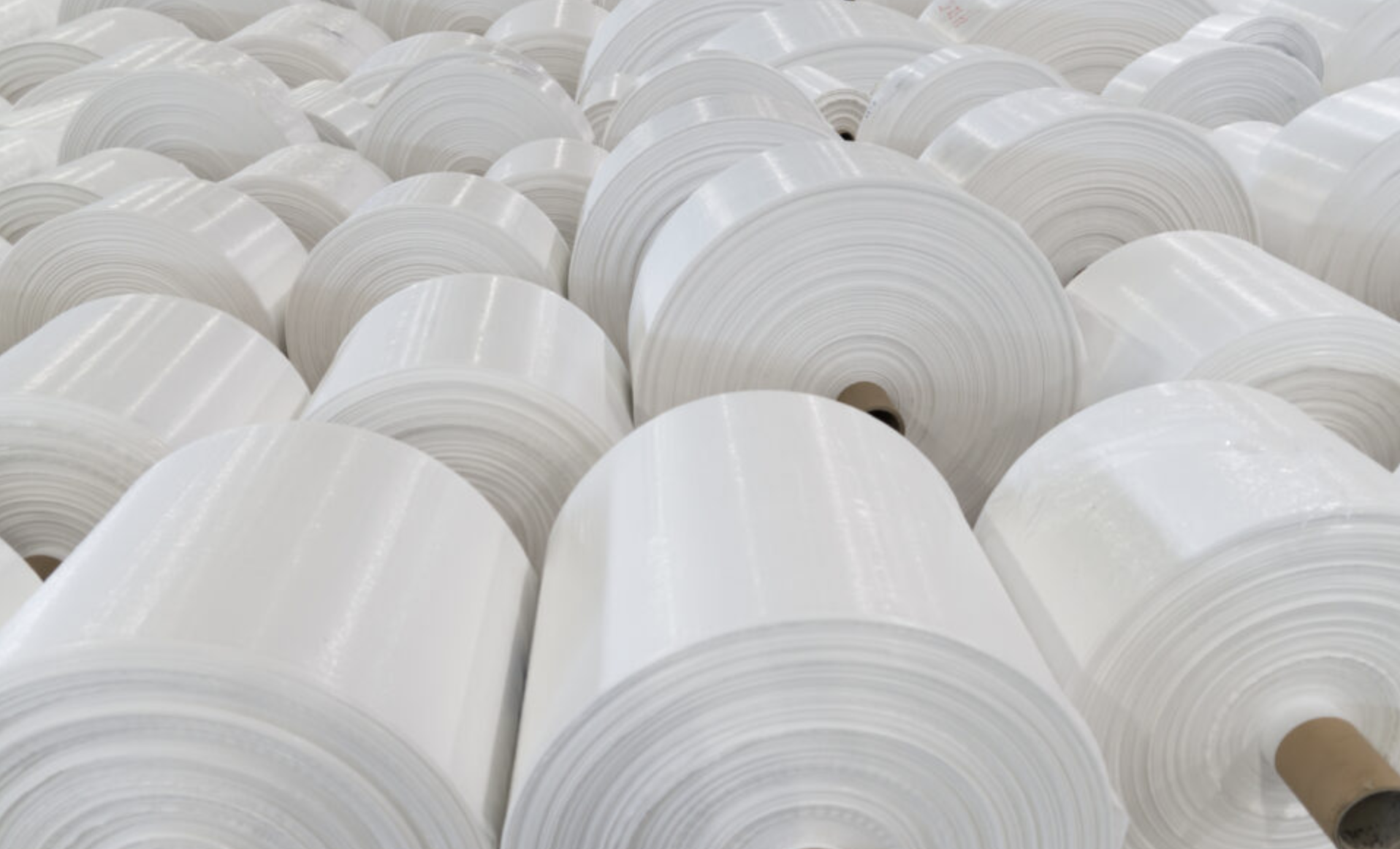What are Natural Fibres?
With the changing environment, the pressure to seek natural alternatives to plastic or synthetic fibres has never been higher. Plastic bags have had their fair hand in the pollution of the environment and even shoppers are looking for better and more environmentally-friendly alternatives.
Natural fibres are proving to be the preferred option. They are hair-like raw materials obtained from vegetables, animals or mineral sources. They can be converted into non-woven fabrics like paper or felt. Natural fibres can be spun into yarns or woven into a cloth. There are different types of natural fibres which can be made into different things.
Why not also read: 10 Benefits of Jute Leaves
One of the main products that are made from natural fibres and is a worthy replacement of plastic bags. Depending on the type of natural fibre used, the name of the bag differs.
History of Natural Fibres
The use of natural fibres for textile or other application started before any recorded history. The earliest documentation of natural fibres is probably in the 7th and 6th centuries BCE when wool and flax fabrics were discovered at excavation sites of the Swiss lake dwellers.
There are also several vegetable fibres used by pre-historic people. Hemp is presumably the oldest plant cultivated for fibre. It originated in South East Asia. It then spread to China where it’s reported to have been cultivated as early as 4500 BCE.
Weaving and spinning linen was already well-developed in Egypt by 3400BCE while cotton spinning India dates as far back as 3,000 BCE.
From these times, not much has changed about the fibres. But, their use has greatly changed. They are not only used for fabric but to make other revolutionary products like bags which are playing an essential role in replacing plastic bags.
How are Ethylene and polyethylene made?
The process of creating plastic involves the creation of groups of molecules known as polymers. Polymers are easy to develop and require repetition of the same molecular pattern which is created in units known as monomers.
When making the plastic bags, the structures of the monomers are made of ethylene which is changed to polyethylene through a chemical process. Polyethylene is the building block of all plastic bags.
Why not also read:
Because of the patterned stricter, the structure of polyethylene can be easily manipulated into different shapes and densities depending on the application and use of the plastic.
Types of Natural Fibres
Silk
This protein-based fibre is spun by the silkworm. It is a beautiful lustre and packs a variety of pleasant features like strength and durability, drapes well, breathable, and hypoallergenic. The silk fibre can be used for making upholstery, beddings, art, wall hangings and drapery.
Cotton
This is the most popular and versatile of natural fabrics. Cotton is breathable, durable and low maintenance. Its soft, hypoallergenic and mite resistant nature is one of the reasons why cotton is preferred for beddings and clothes.
It can also be used in making other products like wall art, bathrobes, aprons, oven mitts, upholstery, dish clothes, tea towels, curtains and it’s also handy in making shopping bags and other kinds of bags like gift bags.
Linen
The history of linen dates back more than 8,000 years. Despite its age, it has remained highly sort and popular. It’s derived from the flax plant and its clean and sustainable products make it one of the best natural fibres because it’s biodegradable and durable.
Other benefits of linen include resistant to sunlight, it doesn’t stretch, resistant to dirt, stains, moths and dust, doesn’t pile, is washable and dry cleanable and does not have static energy.
Linen can be used in making a variety of different objects which include curtains, small projects, tablecloths, napkins, chair covers, table runners and placemats.
Jute
This bast fibre is 100% biodegradable. It has long, strong, shiny fibres that can be spun to make coarse strong threads. Jute is best known for making stunning, impressive and reusable shopping bags that easily replace plastic bags. Jute bags can come in different shapes, sizes and finishes. Jute can also be used to make mats and ropes but not clothes.
Advantages of Natural Fibres
Natural fibres present numerous benefits. Most of which is the reason why they have become so popular in times when the environment is in dire constraints.
They are perfect for the environment
Natural fibres are good for humans and perfect for the environment. They have a positive impact on the environment and if they are adopted on a large scale, they can provide safe alternatives to plastic and synthetic options.
They are environmentally sustainable, biodegradable, durable, moisture-wicking and breathable.
Mould and dirt resistant
Some natural fibres have exceptional benefits that help to repel dirt, mites and mould. These are great benefits that would make perfect beddings and they can also make perfect shopping bags because they can be used more before they need to be cleaned saving you time.
High absorption
Another great benefit of natural fibres is their ability to absorb moisture. Moisture-wicking allows ventilation through the fabric for additional comfort and to help pull the dampness away from the skin. They make great clothes, especially in a hot environment.
Natural fibres have been around for the longest time. They provide the best alternative to plastic and other synthetic options that have contributed significantly to environmental pollution and degradation. The jute fibre, in particular, has been quite handy in making customised shopping bags that add some colour and personality to your shopping escapades.





